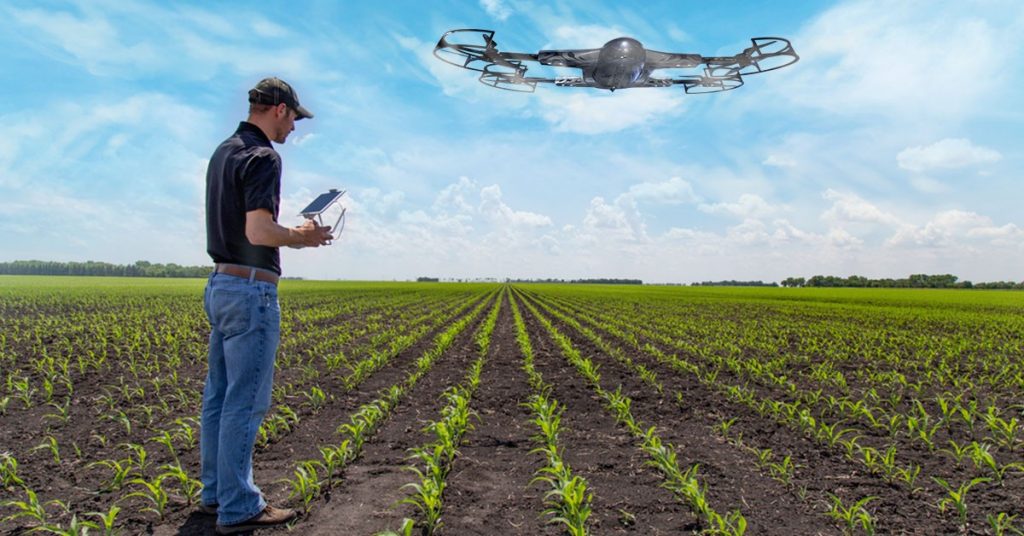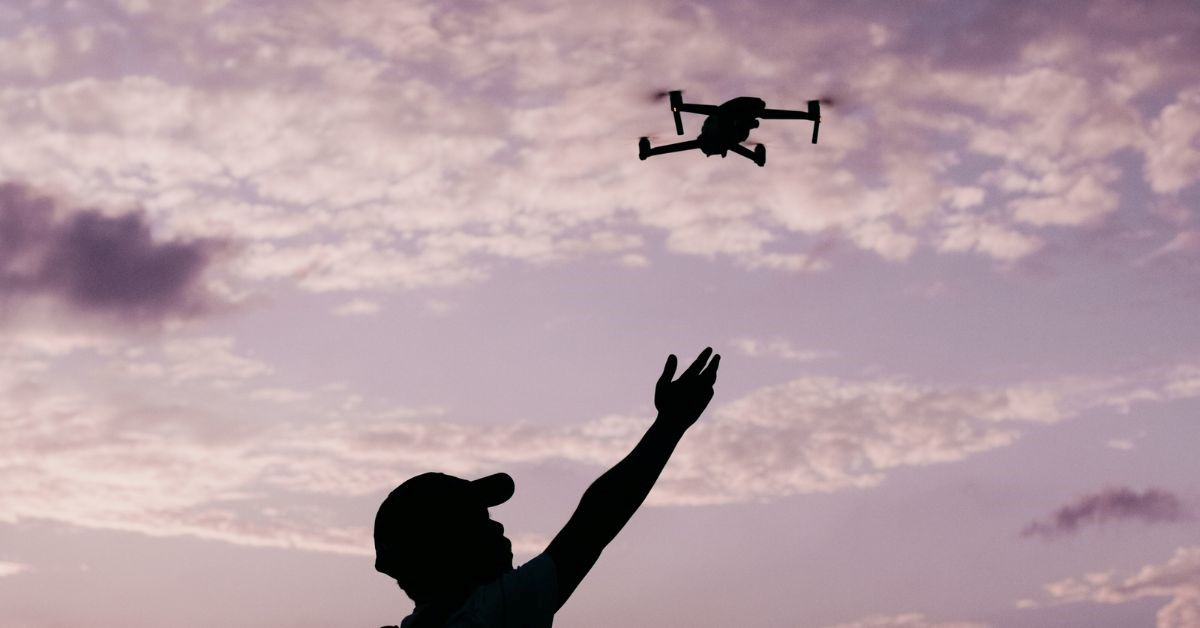Drone seeding Help Create New Forests

Amsterdam Drone Week 2025 showcased how drones can make a positive change for industries around the world. Drones are fast, easy to deploy, and versatile, making them excellent aerial photography and mapping tools. Drones are also great tools to help create new solutions for many issues we face today. They are helpful in the environmental sector, where conservationists and researchers fight deforestation and habitat loss. The demand for fast tree planting increases as more countries and organizations aim to reduce their carbon footprint. Drones offer a new method to achieve this goal.
What is the Role of Drones in Environmental Protection?
Many efforts to rebuild forests and restore ecosystems are relatively slow and often need teams of several people to complete. In other areas, wildfires and illegal logging are depleting the limited forest cover available. Since natural regeneration is no longer enough, many look to drone reforestation to address this problem. This is because drones are great for quickly and easily monitoring large areas, such as oceans and forests. They can monitor wildlife on both land and sea, allowing researchers to develop better conservation methods safely.
How Do Seed-Planting Drones Help Create New Forests?
Many deforested areas are remote and often inaccessible, making it difficult to assess and address ecological damage. Additionally, the increasing demand for lumber and land use continues to reduce the amount of forest cover worldwide. A high-definition camera in the air is extremely useful for conversation and reforestation efforts. drone seeding help in drone reforestation through four essential roles:
1. Soil and Terrain Analysis
Many drone blogs present and showcase 3D mapping and high-definition imaging as critical features for UAVs. These features are valuable for assessing soil quality and health for the environmental sector. Drones can provide this data to conservationists and ecologists to determine the best steps when reforesting specific areas. The data also lets them know what trees or local flora to reintroduce or use to enrich soil quality.
Here’s why soil and terrain analysis matters:
- Seeds need healthy soil to grow
- Planters need an estimate of how many seeds are necessary per drone flight
- Planters need to know how many flights are needed
2. Wildfire Management
While having a drone monitor certain areas for potential wildfires is popular, there are other ways to deploy them. For example, in many forest areas worldwide, drones are used in wildfire management to make small fires. Special drones with incendiary payloads create controlled burns to prevent more severe fires and encourage new growth.
3. Autonomous Seed-Plantin
Traditional methods are slow and time-consuming. Organizations worldwide are embracing drones to do the work faster to address this issue. Top commercial drones used in agriculture and delivery have a significant payload capacity. In the environmental sector, people can use them to dispense seed balls using a special attachment.
There are many advantages to drone seeding compared to manual seeding:
- Drones can seed areas humans can’t access on foot
- Drone seeding is faster compared to manual planting
- Its cost-efficiency allows fewer people to do the job
4. Forest Monitoring
Replanting is only the first step of reforestation. The next step is managing these to full growth. Drone technology is also suitable for the latter, thanks to pre-programmable and automated flight routes. Regular mapping and imaging can provide consistent data to ensure the seeds grow into trees.
Many imaging methods can monitor forest growth, such as:
- Red/Green/Blue (RGB): Drones with high-quality cameras can serve for visual monitoring and tree counting
- Normalized Difference Vegetation/Red Edge Index (NDVI/NDRE): These metrics indicate health and stress levels in plants.
- Thermal Imaging: High-temperature environments make it difficult for seeds to germinate
- Vegetation Spectrum: Reflectance properties of soil can indicate moisture content, organic matter, iron oxide, and water.
The Future of Drone Reforestation
Many reforestation projects worldwide currently use Seed-Planting drones to drop thousands of native tree seeds. While a good number show promising results, others are in their initial testing stages. While drones are becoming more sophisticated, they also have their limits. For example, wildlife like squirrels, rodents, and birds are likely to eat the seeds. Another is that heavy rains can wash the seeds away, and few take root. Drones won’t always be able to address these issues by themselves. Organizations can look to future drone technology and the proper planting methods can change the world for the better.
Contact Us
Thank you for your message. It has been sent.
Latest Posts
Social Profiles















